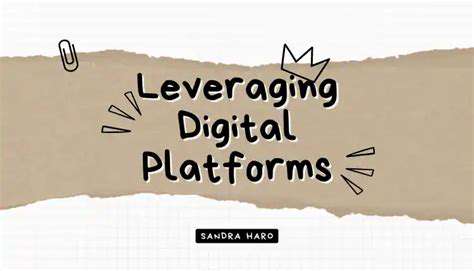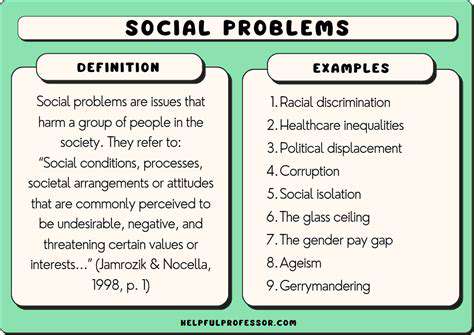Why Adopt? Giving a Shelter Pet a Second Chance
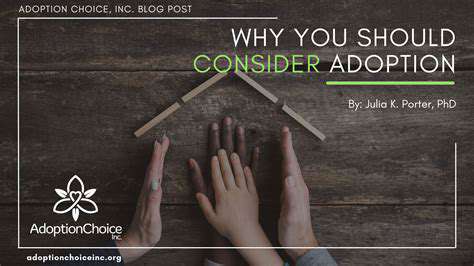
Beyond the Adorable Appearance: Unveiling the True Value
While adoption websites showcase photogenic pets, the real magic happens when the camera turns off. That scruffy mixed-breed who licks your tears after a hard day offers something no purebred can guarantee - authentic connection. Rescue animals seem to possess an extrasensory understanding of human emotion, often providing comfort precisely when it's needed most.
Enhanced Physical Activity and Health
Adopted dogs don't care about your fitness goals - they'll drag you out walking in rainstorms and snowfalls. This forced movement becomes a gift, as reluctant exercisers find themselves accidentally healthier. Medical researchers have documented cases where adopted pets literally walked their owners back to health after serious illnesses.
Unwavering Companionship and Emotional Support
Shelter animals specialize in unconventional therapy. The cat who survived abandonment becomes your most intuitive confidant. The dog who endured neglect develops radar for human sadness. Their survival stories make them uniquely attuned to emotional nuance, offering a silent understanding that human therapists strain to achieve.
Mental Health Benefits: A Deeper Look
Psychiatrists increasingly recognize what adopters have always known - rescue animals excel at emotional triage. Their nonjudgmental presence disrupts negative thought patterns, while their care requirements force depressed owners to maintain routines. Many therapy animals are themselves rescues, having turned their painful pasts into tools for healing others.
Socialization and Connection
Adopted pets serve as social lubricants, sparking conversations that would otherwise never occur. Your pit bull mix becomes a neighborhood ambassador, challenging breed stereotypes through wagging tails. That shy kitten you nursed to health transforms into the local cat cafe's star attraction, bringing together disparate groups of people.
Improved Cognitive Function: A Surprising Link
Senior citizens who adopt older animals demonstrate remarkable cognitive benefits. Remembering medication schedules keeps minds sharp, while interpreting animal behavior maintains neural plasticity. Some memory care facilities now employ resident cats who intuitively identify residents needing extra attention.
Responsibility and Routine: Building Essential Life Skills
Children raised with rescue animals develop emotional intelligence that textbooks can't teach. They learn that love isn't about perfection but persistence, that trust must be earned but is worth the wait. These lessons in compassionate responsibility shape character in ways that echo through adulthood.
Beyond the Bond: The Impact on Your Community
Expanding Your Family: A Community Impact
When you adopt, you become part of an unspoken network - the woman at the pet store recommends a vet, the neighbor shares training tips, the mail carrier keeps treats in her pocket. Your single act of adoption activates an entire support system you never knew existed. Shelters report that successful adoptions often lead to volunteer applications, donations, and community engagement that far exceed expectations.
Fostering Community Bonds
Rescue animals have a peculiar talent for connecting people across social divides. The executive and the construction worker find common ground discussing their adopted greyhounds. The elderly widow and college student bond over shared concern for the neighborhood's feral cat colony. These unexpected connections strengthen community fabric in ways organized social programs often struggle to achieve.
Creating a Culture of Compassion
Every adoption subtly shifts community consciousness. That once-overlooked shelter becomes a hub of positive activity. Local businesses sponsor adoption events. Schools organize donation drives. The community gradually redefines itself as one that cares for its most vulnerable members - both human and animal.
The Economic Impact
While adoption fees seem modest, their collective impact is substantial. Local veterinarians gain clients, pet stores see increased traffic, and dog walkers find new business. One study showed that every dollar invested in animal adoption programs generates seven dollars in community economic activity.
Beyond the Immediate: Long-Term Benefits
The children who witness adoptions today become tomorrow's compassionate leaders. The volunteers inspired by your story may launch innovative welfare programs. Your decision to adopt plants seeds that may blossom into community transformation years later. This delayed gratification makes pet adoption one of society's most powerful long-term investments.
Read more about Why Adopt? Giving a Shelter Pet a Second Chance
Hot Recommendations
- Review: [Specific Brand] Small Animal Cage
- Why Rescuing Pets Saves Lives
- Best Pet First Aid Kits [What to Include]
- How to Help Stray Animals in Your Community
- Guide to Adopting a Pet When You Have Kids
- Top Reptile Heat Lamps
- Heartwarming Rescue Stories That Will Inspire You
- Review: [Specific Brand] Bird Cage
- Best Aquarium Filters [2025 Review]
- Review: [Specific Brand] Smart Litter Box

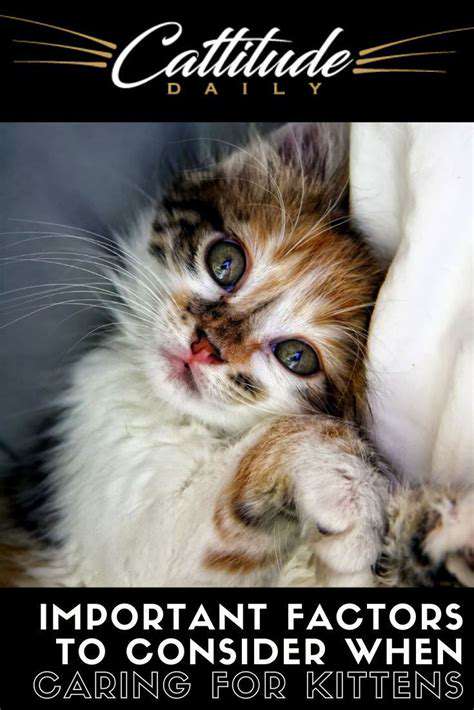
![A Week in the Life of My [Pet's Name]](/static/images/33/2025-05/DinnertimeDelightsandEveningEntertainment.jpg)
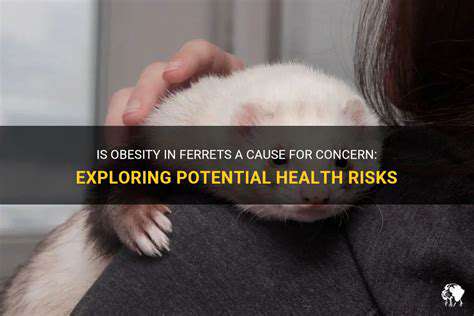
![My Pet's Favorite Toys and How They Play [Story]](/static/images/33/2025-05/BeyondtheToy3ATheRoleofPlayinaDog27sLife.jpg)



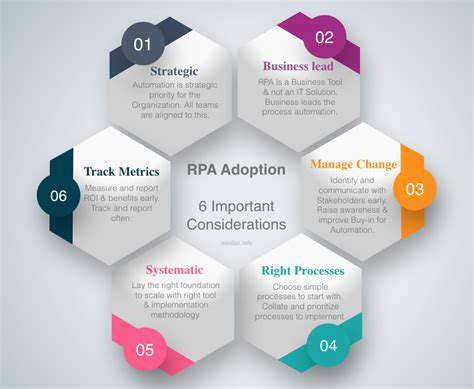
![Review: [Specific Brand] Pet Cooling Mat](/static/images/33/2025-06/EaseofUseandMaintenance3AAPracticalPerspective.jpg)
